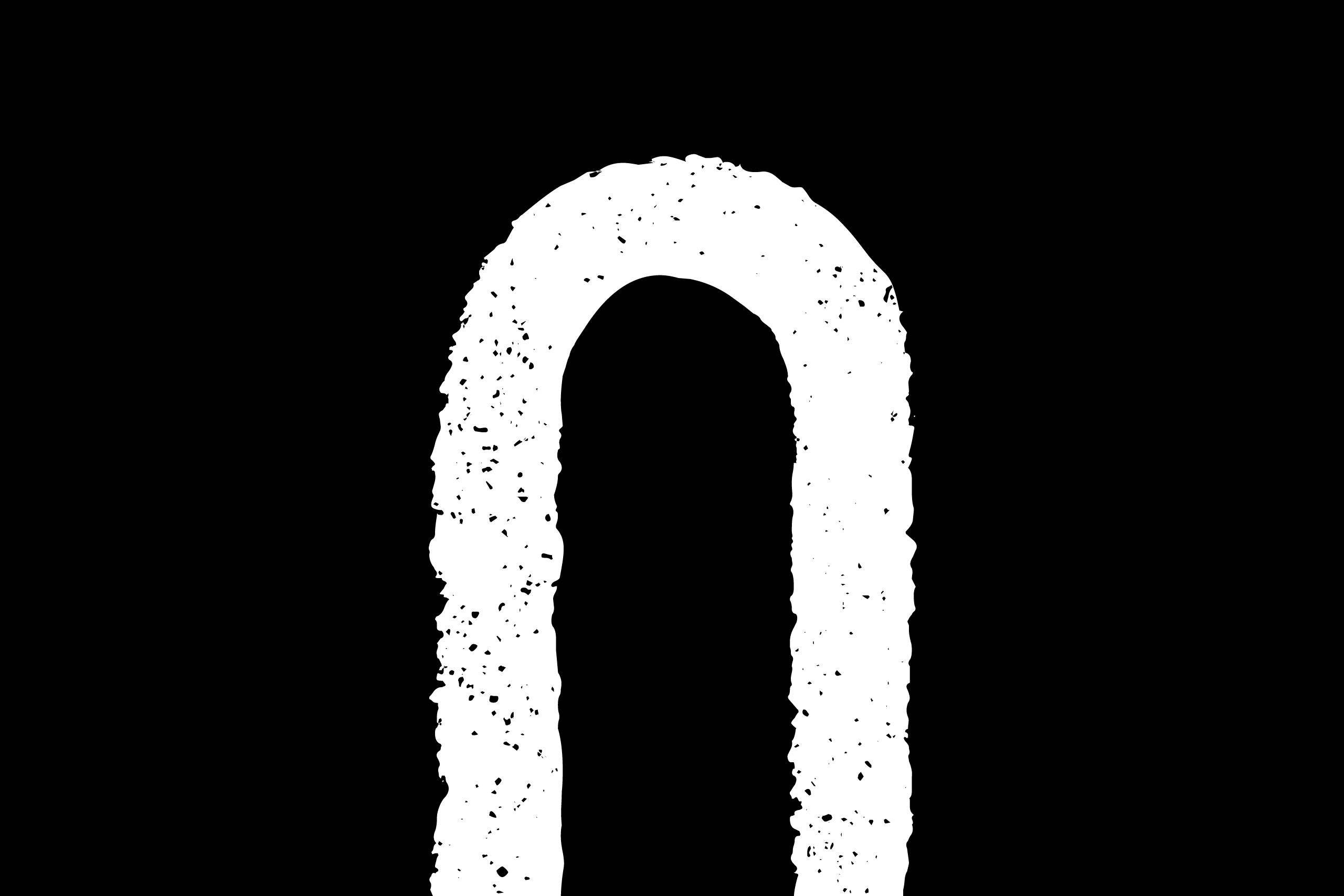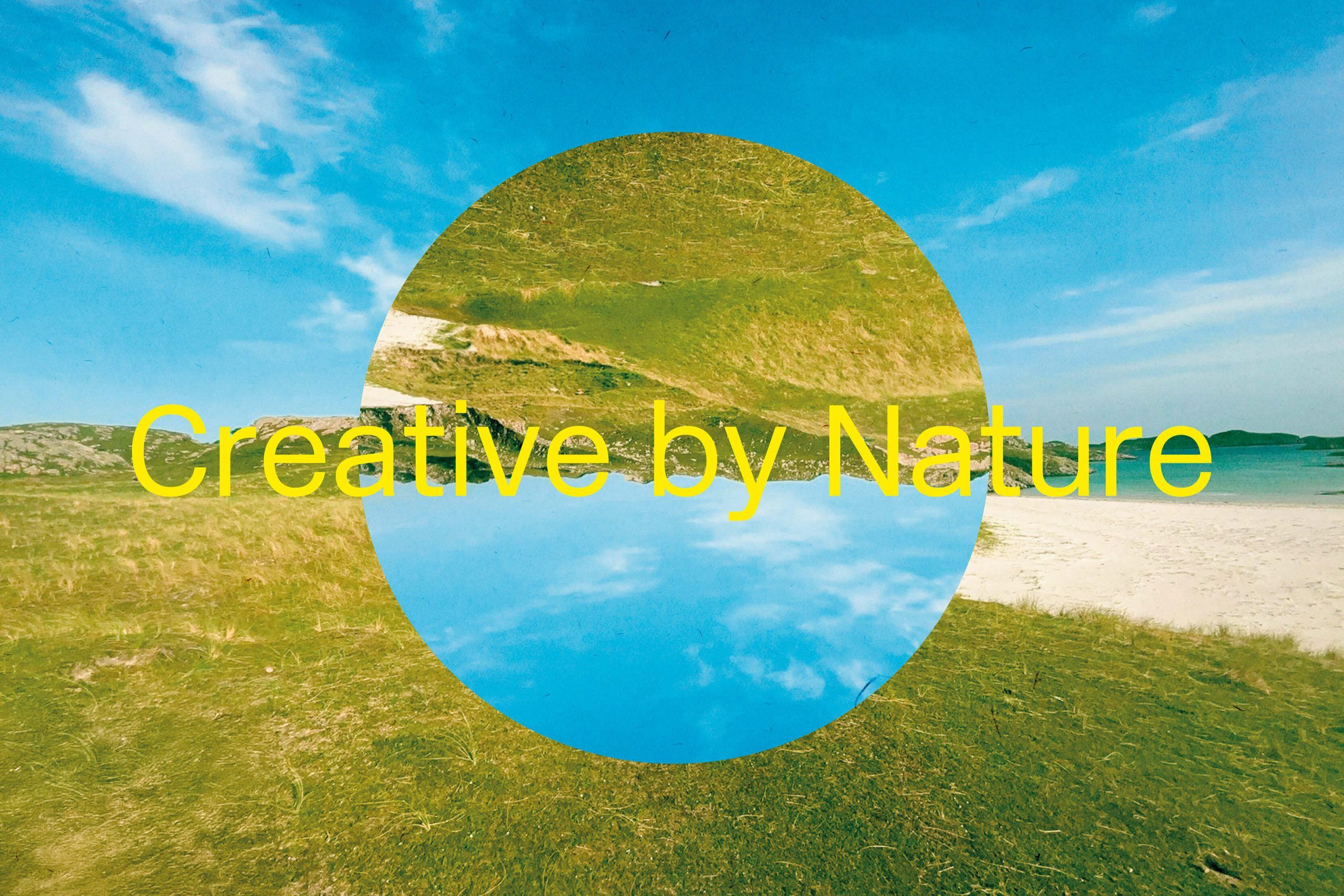The Future of Networking

I am a strong believer in the importance of networking. Building strong relationships with our clients and creative circle is a driving principle behind O Street’s success.
Yet it’s becoming obvious to most of us that the future of networking is going to have to change. Like many things, COVID is accelerating change that was already in progress. That 1980’s approach to networking in cheesy conference centres with people in shiny suits has had its day. But what is the future of networking?
At a recent Glasgow School of Art event, I was invited along to discuss this very topic so I’m sharing it here to get the conversation rolling.
‘Networking’ is one of those words, like Strategy or Innovation, or even Brand, that doesn’t really mean a lot until you think about it in context.
So let’s start by looking at the basics:
Why Network?
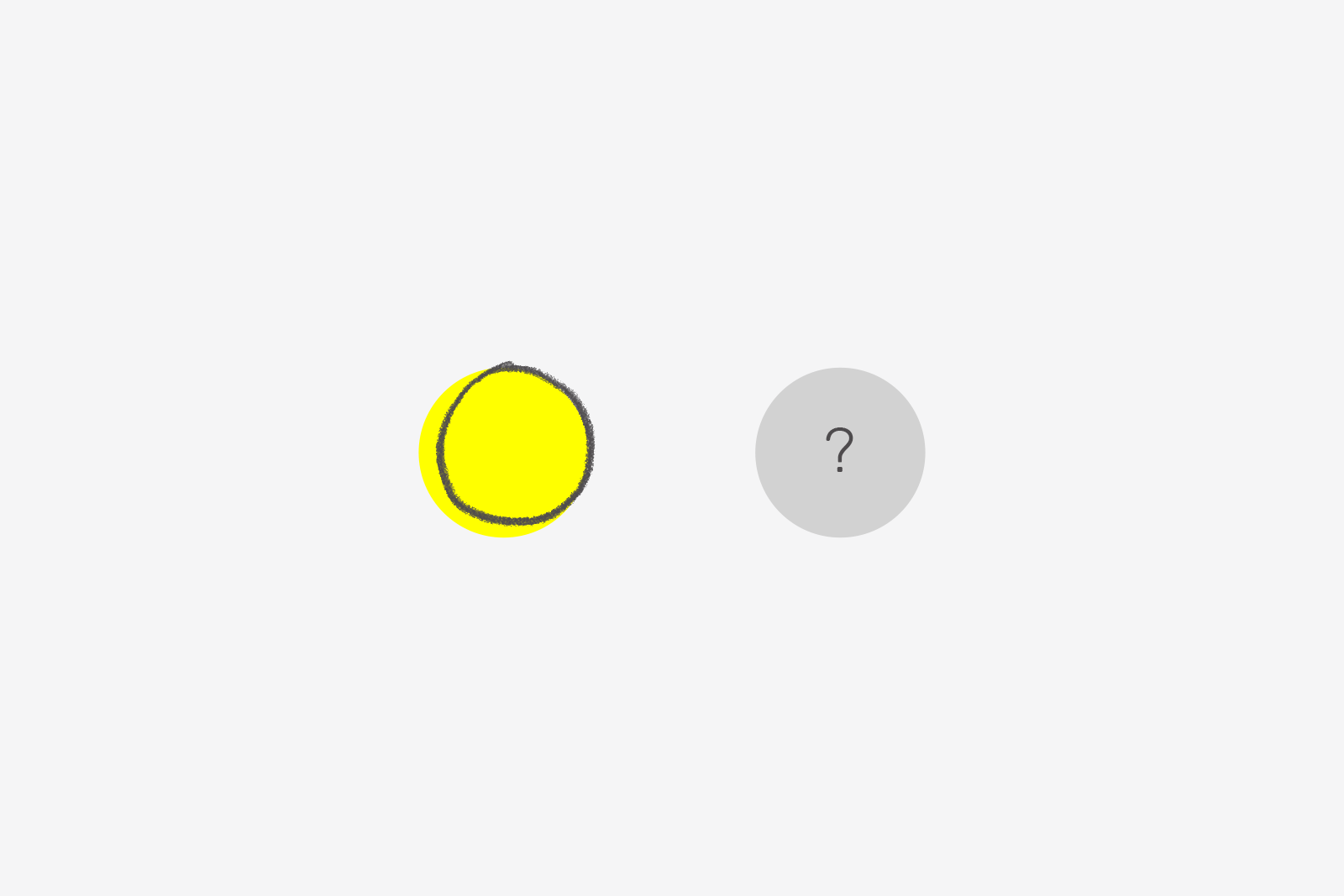
Before you embark on networking, it’s really important to work out why you are networking? There can be lots of reasons:
– To win new work
– To get a job
– To make friends
– To be inspired
– To learn
– A combination of the above
All of these are valid reasons, but knowing which are your priorities will help you focus your energy.
If it’s about wanting to win new work or get a job, you probably want to behave a bit more professionally. That doesn’t mean you shouldn’t show your real personality but stuff like doing a bit of research on people beforehand and then following up with emails is less weird than it would be if you were just trying to make friends.
I would point out a side-benefit here too: we have found that friends and people you network with to learn from are also often the best people to get new work from.
Where you Network?
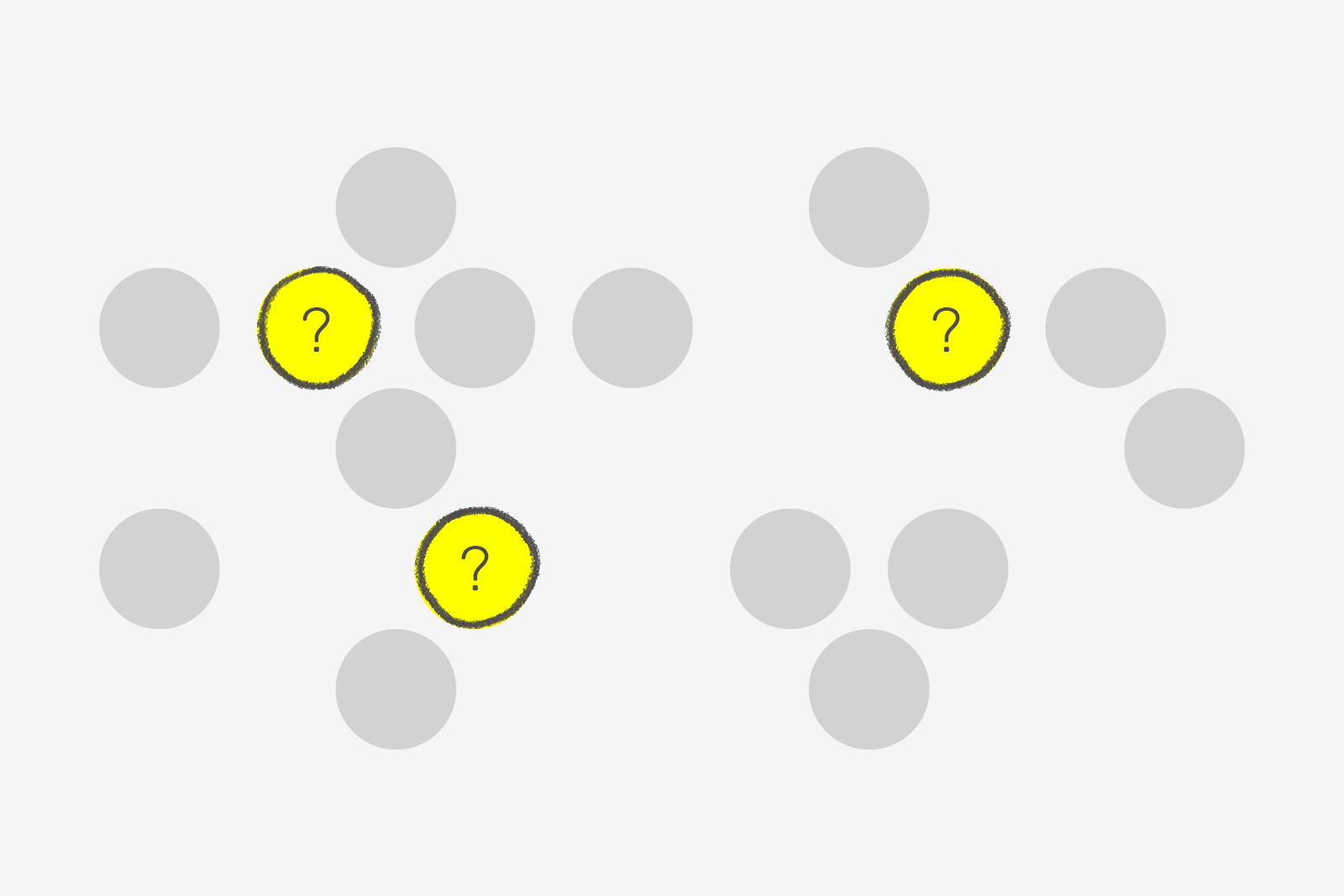
It’s a mistake to think of Networking as a single instance, a moment. In a business/learning situation, you have the before, the moment and the after. The key thing is the ability to nurture a longer-term relationship. So the question of ‘where’ becomes less important, or is spread over multiple instances:
– Research people/organisations before online/LinkedIn
– Interact/Engage with people you might meet on social media, Instagram
– Then there is often a ‘moment’ of meeting. In normal times, this could have been a pub, an office or a conference. However, in lockdown things are different.
– And yeah, follow up with any interesting people you meet by emailing, messaging, tagging and generally pestering them.
So, lockdown has really scuppered the ‘Where’ for now. However, there are alternatives:
– We have tackled screen meeting fatigue by making a lot more old fashioned phone calls.
– We have invited ex-employees and other creatives to our informal studio meetups.
– We have made an effort to keep in touch with clients a lot more regularly via email and socials.
– We have opened up one particular monthly catch up session to a client and invited a range of tech startups to pitch their wares to us both.
– It’s obviously also broken down a lot of geographic barriers as these networking opportunities are now global. One day last month I had meetings in the following countries: Sri Lanka; Glasgow; London; Denver; Paris and Luxembourg. In one day! I also co-presented at a conference in Toronto in December with my colleague who was in Denver.
How to Network?
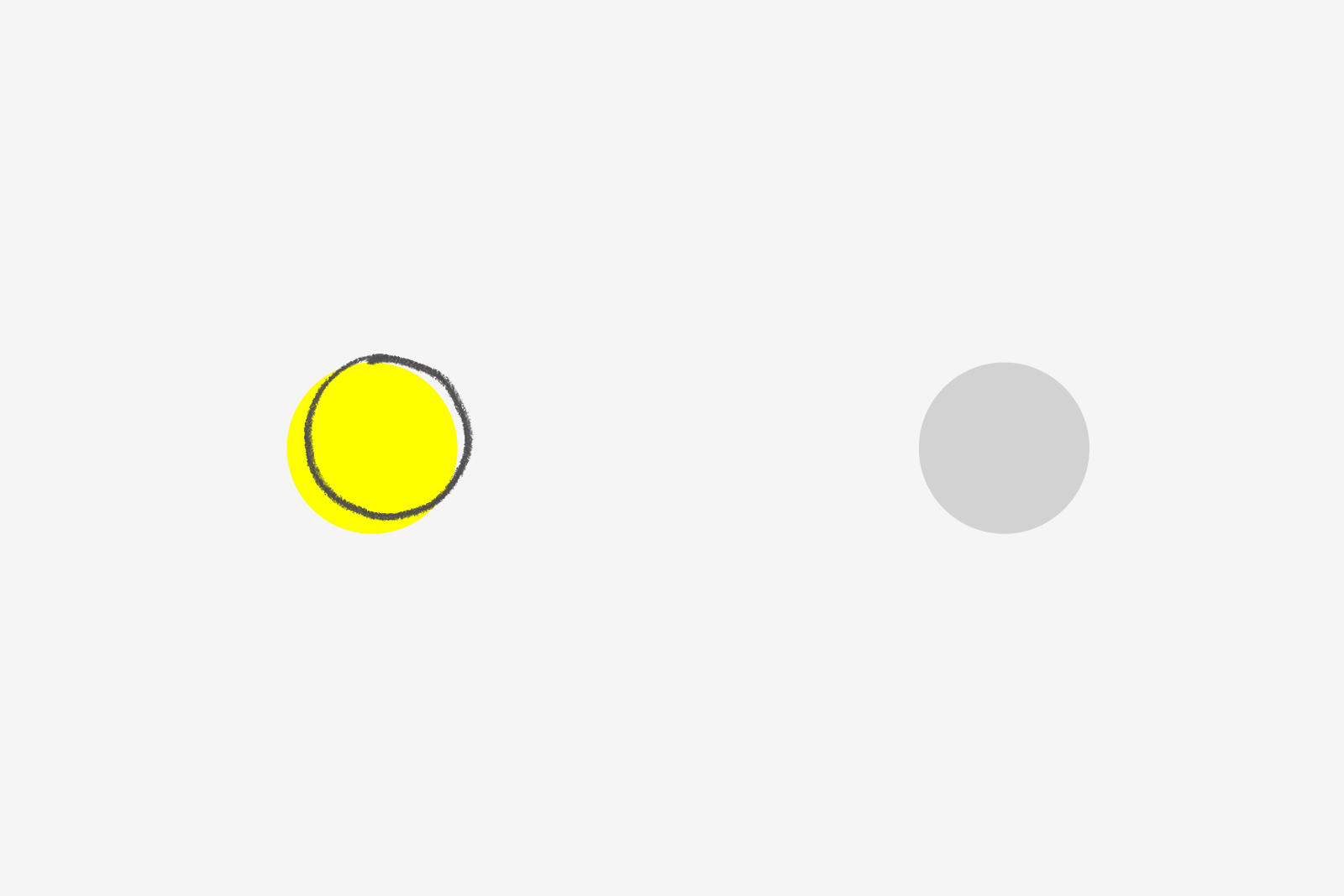
The easiest networks to build on are the ones you already have, so we put a lot of focus on nurturing existing relationships. Keeping in touch with people. But we have learned a few things that help establish stronger relationships and networks such as:
– It’s very easy to get caught up in the benefit that a contact might bring you. Quickly and succinctly highlight for them the ‘value’ you can add.
– Why it’s of mutual benefit for someone to get to know you. This can seem difficult if you’re younger and lacking experience, however it can be spun into positives. A relative outsider to a job or industry can offer insight into it that people very close to it can’t see. Furthermore, younger creatives tend to have more left-field, super-creative work and solutions to problems which a more experienced designer may not think of. Take risks, folks!
– Memory triggers. Most important for a fleeting, initial meeting with people… think about how you can help them remember you. It might be a strong piece of work (such as ‘O Street are the company that designed Scotland’s bank notes’) or it might be something unrelated to work (like he’s the guy with the handlebar moustache. Or that’s the woman that wears the bright purple jacket).
– Gift giving. We make a point of sending our favourite clients presents every Christmas. In our case, it’s often a chance to show off our work (e.g. a box of beer that we’ve designed the labels for). It’s really appreciated and who doesn’t like a present!
In the new era of lockdown, we also place a lot of importance on the informal chat before you get down to business. We talk about haircuts, homeschooling, what to watch on Netflix, any old thing really. Our clients and potential clients are real people just like us, all starved of that human interaction that we took for granted before.
Who to Network with

Once you realise how networking will add value to your business, it’s an easy mistake to go straight to networking events with strangers. Again, the best people to network with are often a lot closer to home.
Explore your Primary network
An exercise a lot of businesses do is get a big whiteboard and list as many of their existing friends and associates who might have networking value. It’s amazing how many you may have overlooked. The old school friend who is currently the marketing manager at a big company or that ex-client who now manages a massive budget for an international brand. I recommend you lot explore this primary network before trying to network with anyone else!
Tap into your Secondary Network

Your primary network is only ever going to be a finite size. An academic somewhere once set the total number of people any one person could have a meaningful relationship with at around 150. You usually have relationships with these people because you share common interests or friends, but the truth is if you are looking just to tap this group for every opportunity you want in life—be it work or personal—you are likely to exhaust it pretty quickly. Your secondary network, however, has the potential to be a lot bigger. Friends of friends, colleagues, flatmates, people that guy once worked with. Not only is this network much bigger, but it is also likely to be a lot more varied and with a lot more work. This variation is an opportunity to learn new things, or if you flip it, they might have much more interest to learn or get work from you!
Learning to navigate this secondary network is not easy… there are lots of things to try:
– Go to events you might not normally attend
– Look outside your geographic area
– Keep up with websites, blogs and newspapers you might not normally read
– Ask friends to introduce you to new people
This last one I think is key: it’s a way of using your primary network to leapfrog and tap into a much wider group of people.
Balancing the value
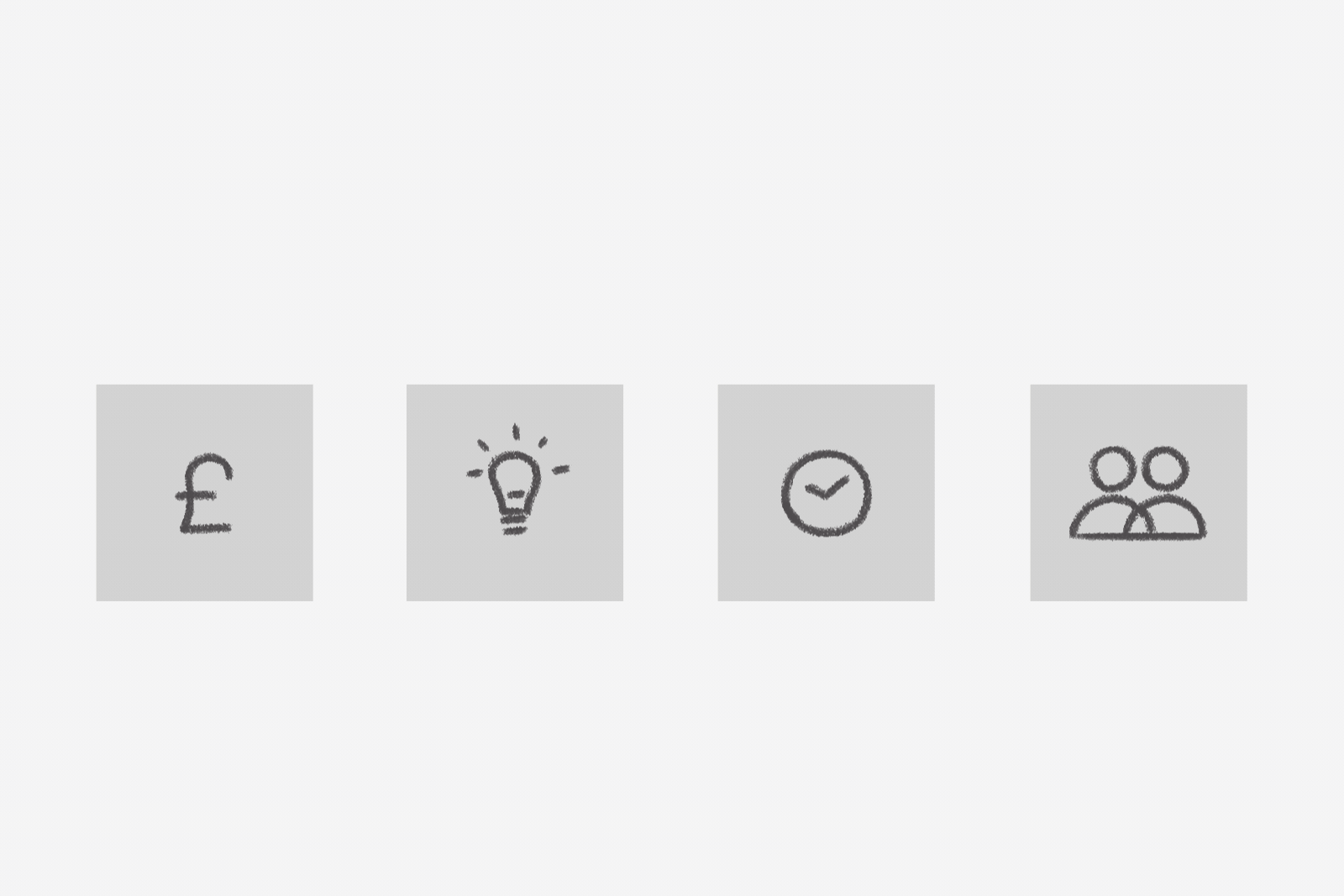
I am going to finish here by sharing a secret calculator we use at O Street to decide on whether a client or lead is worth going for. As with networking, there will come a point where you need to decide whether the value you are going to get out of an endeavour is worth it.
As a business with overheads, we obviously need to earn money. But if that’s all we cared about, we would have chosen another profession. So we balance a range of four factors in deciding the value of a job:
– Creativity
– Budget
– Time
– PR
Rare jobs have all four but for most, it’s a mix and this calculator helps us prioritise whether a project or new client is worth it!
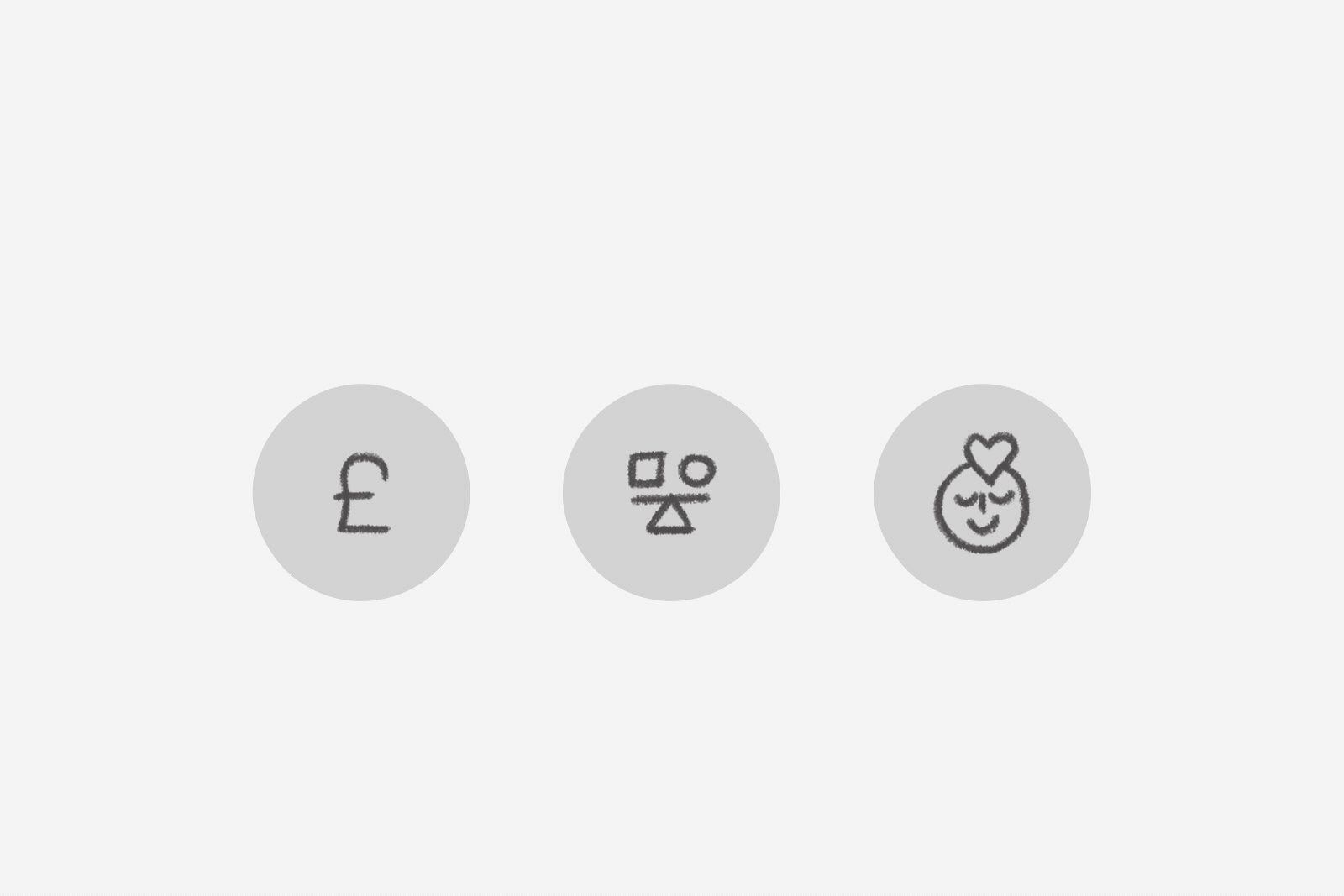
It occurs to me that the same logic could be applied to the wider questions graduating creatives must have looking for work in today’s marketplace and have a mix of sorts:
– Creative fulfilment
– Money
– Work/Life balance
I truly think that the days of commuting several hours a day to work in a busy city for not much money are over. This last year has left us all questioning our priorities. We’ll all have our own focus, but I believe the work/life balance has become a lot more valuable for lots of people.
But hey, we still need money, right… and as creatives, we still long for an opportunity to learn and grow as artists too. If I was starting again today, I don’t think I would do much differently, but I would balance a few of these factors before deciding when and who I networked with at all.
This blog is a summary of a talk written for a Glasgow School of Art event on the 26th January 2021.
